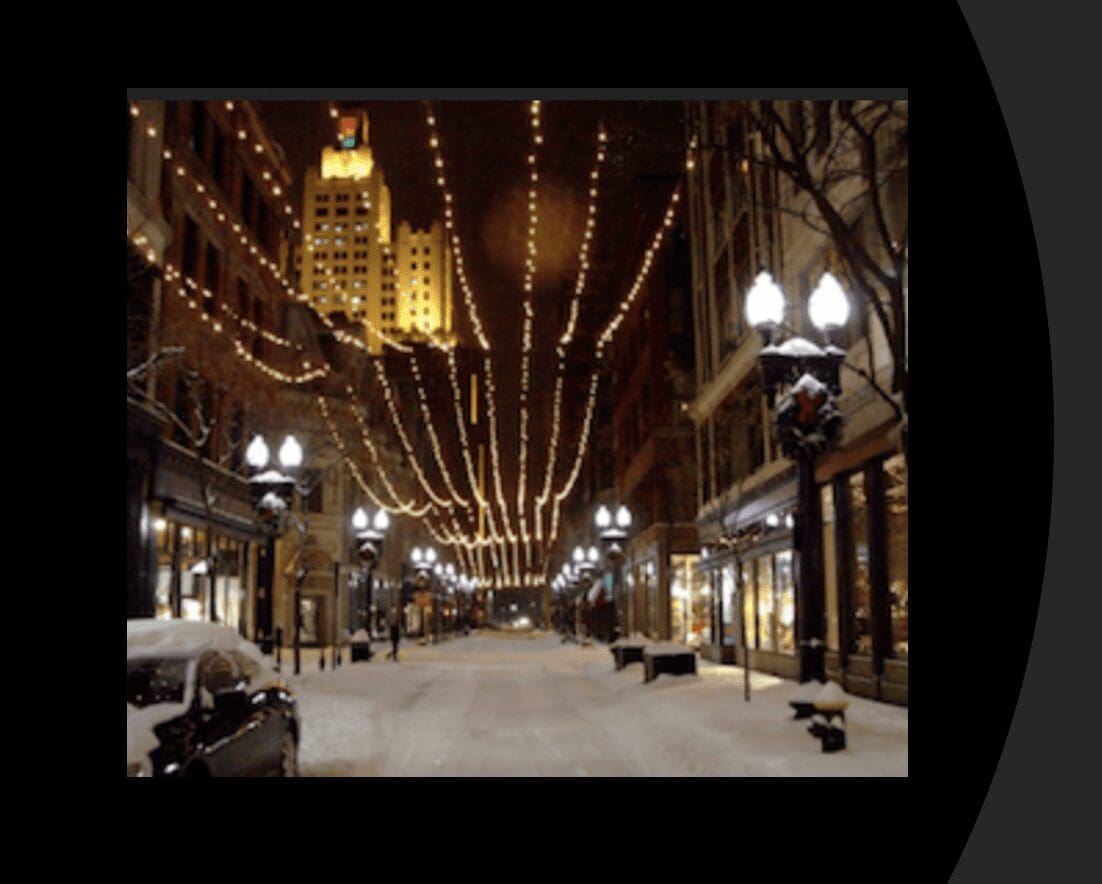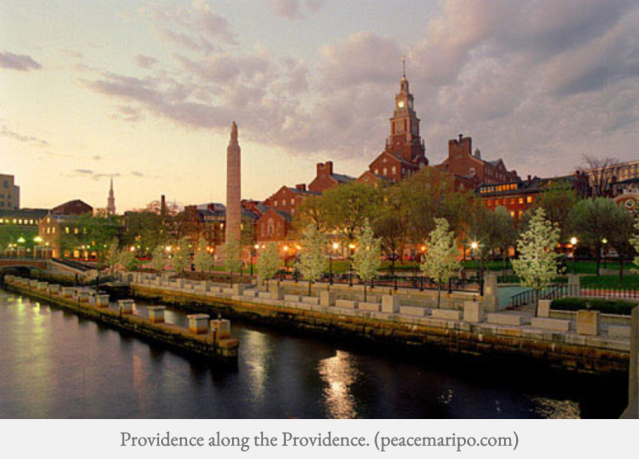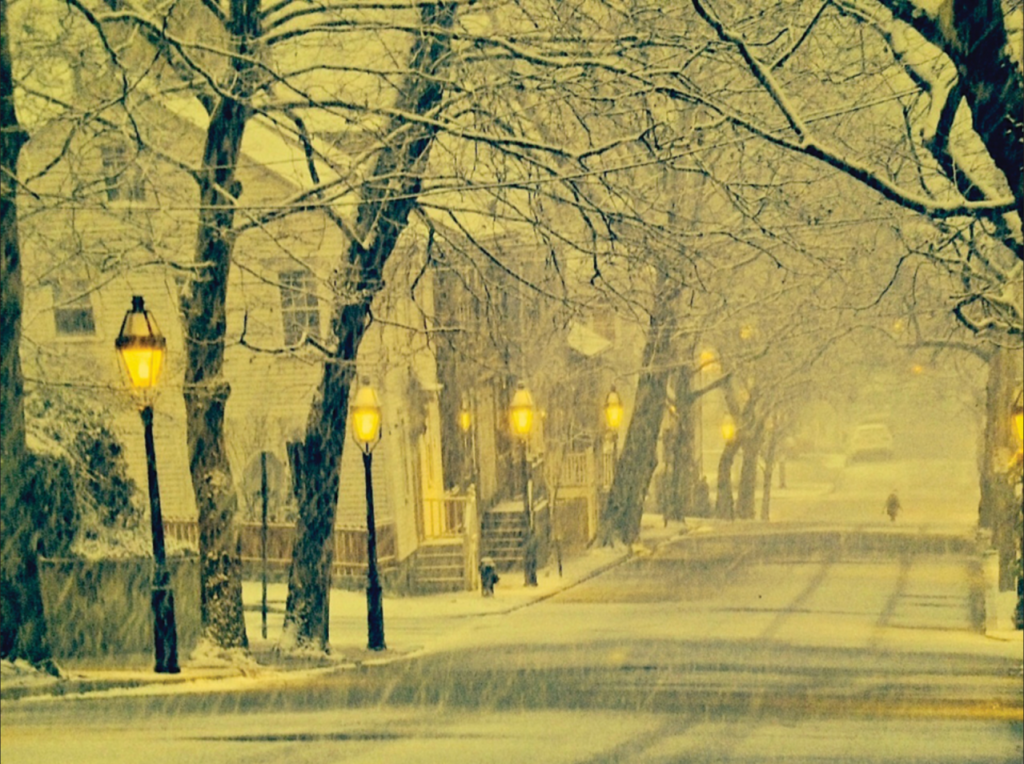Search Posts
Recent Posts
- Rhode Island Weather for May 28, 2025 – Jack Donnelly May 28, 2025
- It is what it is: 5.28.25 – Jen Brien May 28, 2025
- High Schoolers 14-19: Work out all summer free. Planet Fitness High School Summer Pass™ May 28, 2025
- Sour Grapes! – Meet Tim Jones at Draw-Off with National Cartoonist Society at An Unlikely Story May 28, 2025
- William Monahan appointed President of Swan Point Cemetery May 28, 2025
Categories
Subscribe!
Thanks for subscribing! Please check your email for further instructions.

Light the way, Providence – David Brussat
Editor’s Note: We publish this the morning after a tax deal was voted for by the Providence City Council and plans will move forward to develop the Superman building, which will include primarily residential units on most floors. A perfect backdrop to re-imaging how Providence is lit to the world.
by David Brussat, Architecture Here and There – contributing writer
Getting into the Wayback Machine, I alight on this blog post from February 6, 2015, called “Better lights for Providence,” see the beautiful photo of Benefit Street and its lovely, faux-18th century amber lights, below. I thought that I was about to read another of my occasional columns and posts hectoring city fathers to install the amber (sodium vapor) bulbs as well in the 19th century lampposts of downtown. But, reading further, I found that in this post I wimped out. Instead, I argued that I should refocus on urging more historical lamps downtown and, supposedly, abandon ye olde crusade for the amber color of the existing historic lampposts. In the blush of time passed, I wonder why I did not argue for both? Allow me, therefore, to correct myself and urge that the city add more historical lampposts in downtown and elsewhere, and that their bulbs be amber as well.
Of course, I suppose I need not add that city leaders continue their refusal to urge developers of new projects to promote our historical character. I hope the new mayor, Brett Smiley, will not continue the idiotic, unnecessary but decades-long practice of disobeying laws set out clearly in its master plan and zoning ordinances.
I have added a photo of College Hill, beyond Memorial Park, taken from downtown. It is all the lovelier because it was taken before the rude modernist Rafael Moneo extension of the RISD Art Museum of 2008.
***
Better lights for Providence
February 6, 2015
Not long after starting to write about architecture in 1990 I would occasionally hector the city fathers in Providence to use sodium vapor bulbs in downtown’s historic lamps, as was and still is done on Benefit Street. That, I thought, would cast the street in a romantic glow, throwing an amber tint that would caress your optic nerve into imagining that modernity’s aesthetic confusion was still a figment of the distant future. In short, the ambiance would reflect the gentleness of the architecture of the old buildings that lined Westminster and its neighboring thoroughfares.
It was perhaps my first crusade, and it went nowhere. For some reason it never occurred to me that Job One was not to choose a nicer color for the historic lamps already installed but to add more historic lampposts around downtown and on College Hill (and elsewhere). My friend Lee Juskalian, a former architectural historian for the city who follows development issues here from California, has apprised me of my dereliction of duty.
The city did install period lamps on Weybosset Street a couple of years ago, but wimped out, using the sort of quasi-historic posts similar to those installed in the 1990s along the city’s new waterfront, the tepid style of whose lamps was among the very few missteps of the late Bill Warner’s design for the river walks, parks and bridges.
I hereby, forthwith and henceforth rectify my error by calling upon the city to make amends. These posts aren’t inexpensive. Perhaps a local provider such as the Steel Yard, which was founded by Clay Rockefeller, could help. Perhaps Providence could partner with the contractor Boston uses to get new historic lampposts in bulk.
However expensive, lining Providence’s best streets, and those that aspire to be good streets, with traditional lampposts would be economic development on the cheap. Brick sidewalks are another form of design intelligence that can be baked into the fabric of growth for cities such as Providence.
The idea is to create a sense of place that makes people feel that where they live or work is special. If you live or work in such a place, it adds value to your lifestyle and is likely to generate profit for your employer and the owner of your residence (especially if that is yourself). Every form of evidence demonstrates that people prefer a historic ambiance to a sterile evocation of modernity. People – and leaders responsible for the built environment – should understand that whereas modern design based on novelty dates itself instantly, a historic ambiance is timeless, and a perfectly valid design strategy for the future.
In addition to installing historic lampposts in existing historic districts, they should be installed on the new roads and sidewalks of the I-195 Redevelopment District land. I hope the new governor and mayor incorporate this easy idea in the new strategy for developing the Route 195 land (if there is to be a new strategy, and not just new words).
Benefit Street’s lampposts, redolent of the 18th century, differ from the historic lampposts of Westminster Street, which hark back to the 19th century. The lamps of Benefit were criticized in the early ’60s by the Ada Louise Huxtable, who called them “faux historic.” Getting criticized by such a national thought leader was a feather in our cap.
Huxtable, who died in 2012, was a fine prose stylist during her years as architecture critic for the Times, but over the years she became more and more bitter as modernism’s failure became more and more clear. She had a hard time adjusting to reality. She refused to see the appeal of traditional design principles as anything other than regrettable nostalgia. Today we know that traditional design patterns appeal to the biological urges of all people – except for those who have allowed graduate design education to purge their instincts of the natural attraction to beauty.
City and state officials continue to hobble economic development here by refusing to build upon the value of Rhode Island’s beauty. This post addresses one of the easiest and least expensive ways to strengthen one of the Ocean State’s most obvious strategic advantages.


___
To read other articles by David Brussat: https://rinewstoday.com/david-brussat-contributing-writer/

My freelance writing and editing on architecture and others addresses issues of design and culture locally and globally. I am a member of the board of the New England chapter of the Institute of Classical Architecture & Art, which bestowed an Arthur Ross Award on me in 2002. I work from Providence, R.I., where I live with my wife Victoria, my son Billy and our cat, Gato. If you would like to employ my writing and editing to improve your work, please email me at my consultancy, dbrussat@gmail.com, or call (401) 351-0451

